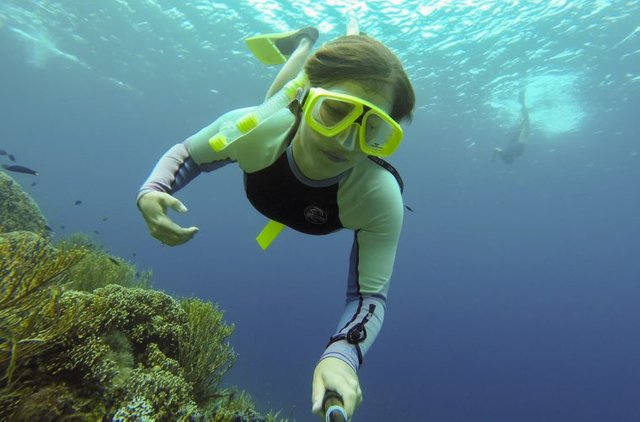How Deep Divers Animals or Human Get Oxygen / From Oxygen Poor Environment/ Very interesting
Hi Friends
Welcome in My Blog
Deep-diving marine animals, such as the sperm whale, have evolved
several mechanisms for remaining submerged for up to 1 hour.
Most have a large number of red blood cells per milliliter of blood, large
quantities of the oxygen-binding pigment myoglobin in their muscles,
and hemoglobin that releases oxygen much more easily than
other mammalian hemoglobin.
The diving reflex is an evolutionary adaptation in those mammals
that dive (e.g., whales) downward in the sea. In this reflex, blood is
shunted away from most regions of the body during a dive and diverted
mainly to the heart, brain, and skeletal muscles.
Also, the skeletal muscles can incur an oxygen debt; they can continue to contract
even after all oxygen is depleted. The ATP energy for contraction
comes from glycolysis, which forms lactic acid that accumulates
in the tissues.
When the whale surfaces, it quickly exhales its moist,
oxygen-poor air, which condenses to form the “spout.”
A large amount
of carbon dioxide is blown off in the “spout,” and oxygen quickly combines
with hemoglobin passing through the lungs.
The second part of the diving reflex is the slowing of the heart
rate (called bradycardia).
This slowing is an adaptation to ensure less
rapid depletion of oxygen until the whale can return to the air for
more oxygen.
Thank you so much to visit my blog. Stay with me and get more post about travel, photography, life, story, love, technology and motivation,online earning methods, bitcoin news, etc.
Please upvote, comment and resteem my post. Again thank you so much.
Mudassar Hussain @mudassarhussain
